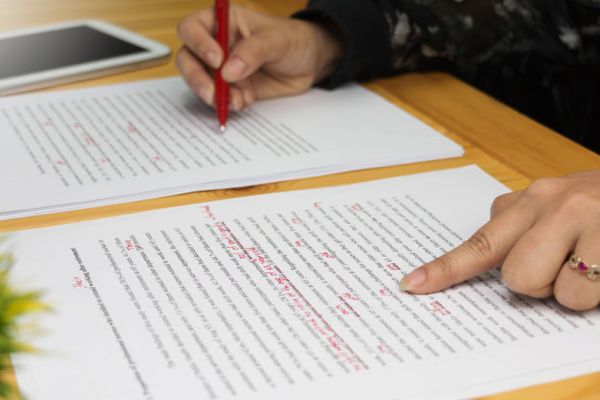10 editing tips to refine everything from clean copy to sloppy scribbles
An infographic from GrammarCheck offers a blueprint for making your writing concise, clear and captivating.


Writing is a difficult skill to master, and unlike baseball or accounting, the rules of grammar and style seem to keep changing.
With the debate over differing styles, it’s sometimes hard to keep up with what is good writing and what isn’t. GrammarCheck’s infographic “10 editing tips that’ll instantly make you a better writer” offers simple tips to make the professional or casual wordsmith better at the job at hand.
Insights include:
1. Write for everyday people.
The first mistake people make when writing is trying to sound smart. Complex sentences and advanced vocabulary are great—until you lose your reader.
To keep a reader’s attention, write like you’re having a conversation:
Overly complicated: The impresario mounted his conveyance and absconded with the purloined baguettes.
Perfectly simple: The ballet director drove off with the stolen jewels.
2. Be concise.
Don’t bore the reader with excess information.
Keep an eye out for redundant phrases and limit examples to a few choice selections. Readers prefer when they don’t have to weed through extra text:
Excessive detail: We conceive the prototype is judiciously designed to leverage our unique expertise in the robotics and automation space, sparking synergies across our many business lines with projected multiples in ROI.
Nice and concise: Our new product, built on our expertise in robotics and automation, looks to dramatically increase our profits for the year ahead.
3. Strengthen your words.
Rich writing comes with strong verbs, active voice and colorful adjectives.
Careful word choice will not only keep the reader more intrigued, but you’ll have more fun writing too:
Plain prose: The sandwich was eaten quickly by the hungry man.
Savvy word choice: The ravenous man gobbled down the hoagie.
Continue reading GrammarCheck’s infographic for seven more tips to improve your writing.








I could not agree more! I always find myself rolling my eyes when editing a paper chock-full of difficult vocabulary likely taken from a thesaurus. Half the time these excessive words do not even make sense- distracting the reader from understanding the actual context of the story! Next, in regards to the second point made in this post, I too think being concise is key. Every word should have a purpose- no one wants to read extra if they do not have to! It is imperative that writers skip the “fluff” and use simple language to get their point across. Implementing writing techniques such as using active rather than passive voice helps this goal be met. Lastly, rich imagery is a game changer for readers. Your teachers told you to “show not tell” when writing in elementary school for a reason! Illustrating your thoughts is what takes your writing a notch above from the rest. Great points!